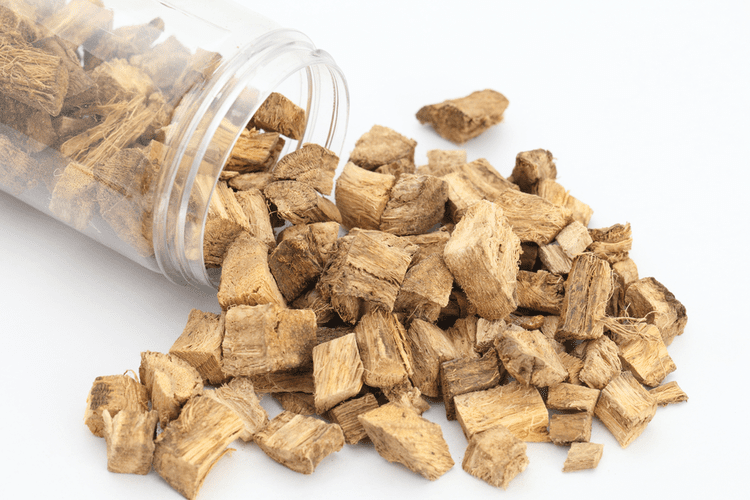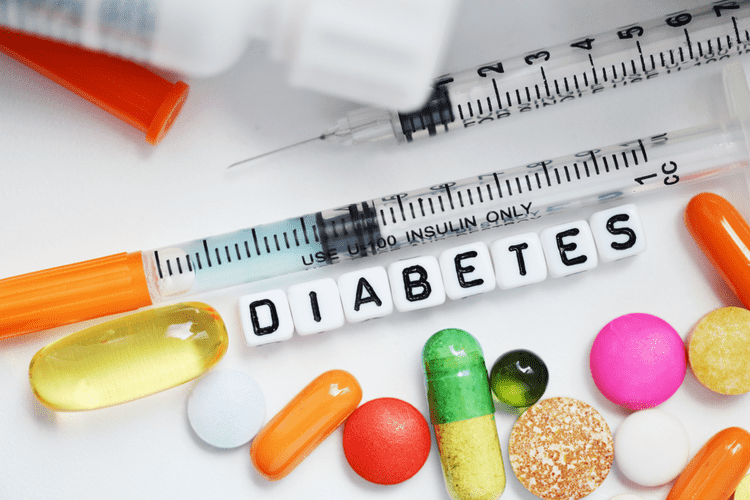Difference in Transitional Living, Sober Living, and Halfway Homes
Content
Occasionally, though, we do lose a resident or former resident, and it’s a grim reminder of the life-and-death battle being fought out there on the streets in terms of addiction. But my third experience, which led me to owning and operating a drug and alcohol (privately owned) recovery house, happened pretty much by accident. My oldest son was in recovery, and he was asked to manage a house for the owner of several recovery houses in a nearby county. This is where my son had gotten well after having a long run of multiple attempts at recovery with little previous success. After visiting the sober living home, speak with the administration or admissions staff to ensure that you understand the rules, standards, and expectations for residents. It’s better to do this before committing to residency, as it’ll be more difficult to change your mind once you’ve traveled to the place and started preparing for enrollment.
- Requiring an admission application for every resident also allows you to determine if the resident would be a good fit for your sober living home.
- If you’re housing youth, families, or parents with children, having schools and daycare nearby might also be necessary.
- Before applying for the grant, you must also enroll in a foundation-provided online course.
- Transitional living is a great way for patients who might not be fully ready to integrate back into society and need some extra support as they slowly switch to a more independent life.
Oftentimes these areas are residential in nature, and you might face backlash from the community when you try to start a sober living home in their neighborhood. However, with regard to community backlash, the federal Fair Housing laws and the Americans with Disabilities Act are on your side and protect people who need to live in sober living homes. You do not need a license or certification to open a sober living home, but some states require voluntary certification processes to be met first.
Family Violence Prevention and Services Funding
Sober living homes offer safety and support for people who are recovering from drug or alcohol abuse. These are homes where you live in a substance-free environment while navigating the responsibilities of the real world. These types of homes allow you to be substance-free, but you still have to deal with everything you would deal with in the real world so that you don’t fall into a sense sober house of false security. Certification is an outward indicator of a sober living home’s dedication to quality and a good indication that the management and programs are good. Consider asking folks at a recovery meeting or touching base with any sober friends you may have. If you recently completed a treatment program, contact the staff there for referrals to local sober living homes.

Occasionally, some residents in the neighborhood will not accept sober-living homes, and the extra expenses can be quite high. Sober living homes can be easier to fund than other transitional housing because they are less expensive. However, government grants for sober living homes will help reduce the cost of living for residents or even assist them with their living expenses. Connection, support, sobriety, employment, and quality of life—these are all significant outcomes for people in recovery.
Are you ready to start a sober living home?
Knowing more about the applicant will help you determine if they are suited for the role. In 2020, the federal government’s budget to address the country’s growing drug abuse crisis was $35 billion. On the state government’s website, you’ll find the Recovery Residence Certification Application – Recovery Works Housing Provider, an easy-fill, 2 page application PDF which you can complete online and email to Start small, and engage with businesses in your community for funds and donations, and even inquire about job opportunities for your participants.

The values for these scales are indicated in Table 3 and are low relative to our studies of individuals entering treatment in our geographical area (e.g., Polcin & Beattie, 2007; Polcin & Weisner, 1999). Nevertheless, these scores were lower at 6 month follow up, even though they did not reach the level of statistical significance. One of the advantages of SLHs is that residents are free to stay as long as they like. Some houses are sufficiently inexpensive to accommodate residents who are on General Assistance or Social Security Disability Income. However, others are more expensive and serve primarily individuals who work full time or have access to other financial resources, such as support from their families.
Sober Transitional Living at Hotel California by the Sea
Other sober living homes may not have any restrictions on how long you can stay. It’s a positive sign if the transitional living house has a firm yet caring staff that will enforce the rules and give constant, on-site residential care. Supervised Transitional Living programs are supervised places of temporary transitional residence for mental health consumers needing on-site support twenty-four hours a day. These programs are intended to assist residents with stabilization and acquisition of skills necessary to transition to an independent living situation. Halfway houses have a maximum limit of 12 months for residency, and for someone looking to establish a long-term sober living environment, a halfway house may not be ideal. On the other hand, intensive outpatient programs are even less intensive treatment providers, and IOPs require only a few hours per day for roughly 90 days.

Residents can benefit from longer-term responsibility and community support, as well as the peace of mind they need to focus on their recovery rather than worrying about where they’ll live after their time is up. PSH units may be deployed in a variety of settings, depending on the individual’s level of need and the availability of supports (provided either through home visits or in a community-based setting). Permanent Supportive Housing is an alternative for people who have been homeless for a long time (PSH). PSH units are contained in a single structure or household for the most part. It can take several forms, ranging from a single room in a house to a number of or all of the units in a structure. New concepts that combine scattered-site housing are now being embraced as the concept of transitional housing has evolved.
A superb sober living home will have a stringent no-tolerance policy for alcohol and drugs. This ensures that all residents have a safe and sober living environment at all times. In the early phases of recovery, this dramatically minimizes stress and temptation. A sober living home, also known as a halfway house, provides safe housing for recovering alcoholics and drug addicts. Some private foundations provide grants for homes to help cover running costs and living expenses, but there are some government grants for sober living homes.
What license do you need for non medical home care in Florida?
To open a home care business in Florida, you need to apply for a Tax ID Number, Employer Number (EIN), NPI Numbers, and licenses. Certified Homecare Consulting will contact the IRS to request the EIN. The business also needs a state tax pass, which we will get from the Secretary of State's office upon registration.
The residents of halfway houses are typically court-mandated to live there, and the facilities are therefore run by the state. Sober living homes offer a safe haven to people in recovery from alcohol or drug addiction. These structured living environments can help recovering addicts re-enter the community following outpatient or residential treatment. Prepare a policy handbook for your sober living home to set the standard for residents’ rights and responsibilities. When you open your sober living home and begin housing people in recovery, it’s best to have each resident review and sign the policy handbook upon admission and give them a copy to keep. Sober living is a transitional phase between a residential treatment program and regular life.
What Is a Sober Living House?
In fact, some sober living homes use peer-led programming and focus on mutual accountability, while others have staff members who lead programming. Like sober living homes, residents are typically expected to contribute to household chores, such as cleaning and making meals. Sober living homes are constructed more like private dwellings, providing residents with greater privacy and comfort. If you’ve considered opening a sober living facility and wondered what steps to take, we have you covered.
- Consider selecting a person sober for six to twelve months and signing a contract with them for a set amount of time.
- Keeping the exterior and interior appearance of the home looking nice, as well as ensuring that it is safe, clean, and well-maintained will also attract potential residents to your sober living home.
- The Addiction Severity Index (ASI) (McLellan et al., 1992) was used to assess a variety of problem areas including drug, alcohol, medical, legal, employment, and family/social relationships.
- Certification is an outward indicator of a sober living home’s dedication to quality and a good indication that the management and programs are good.
 438total visits,2visits today
438total visits,2visits today